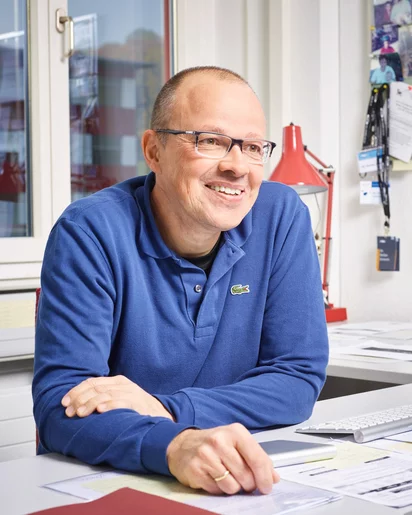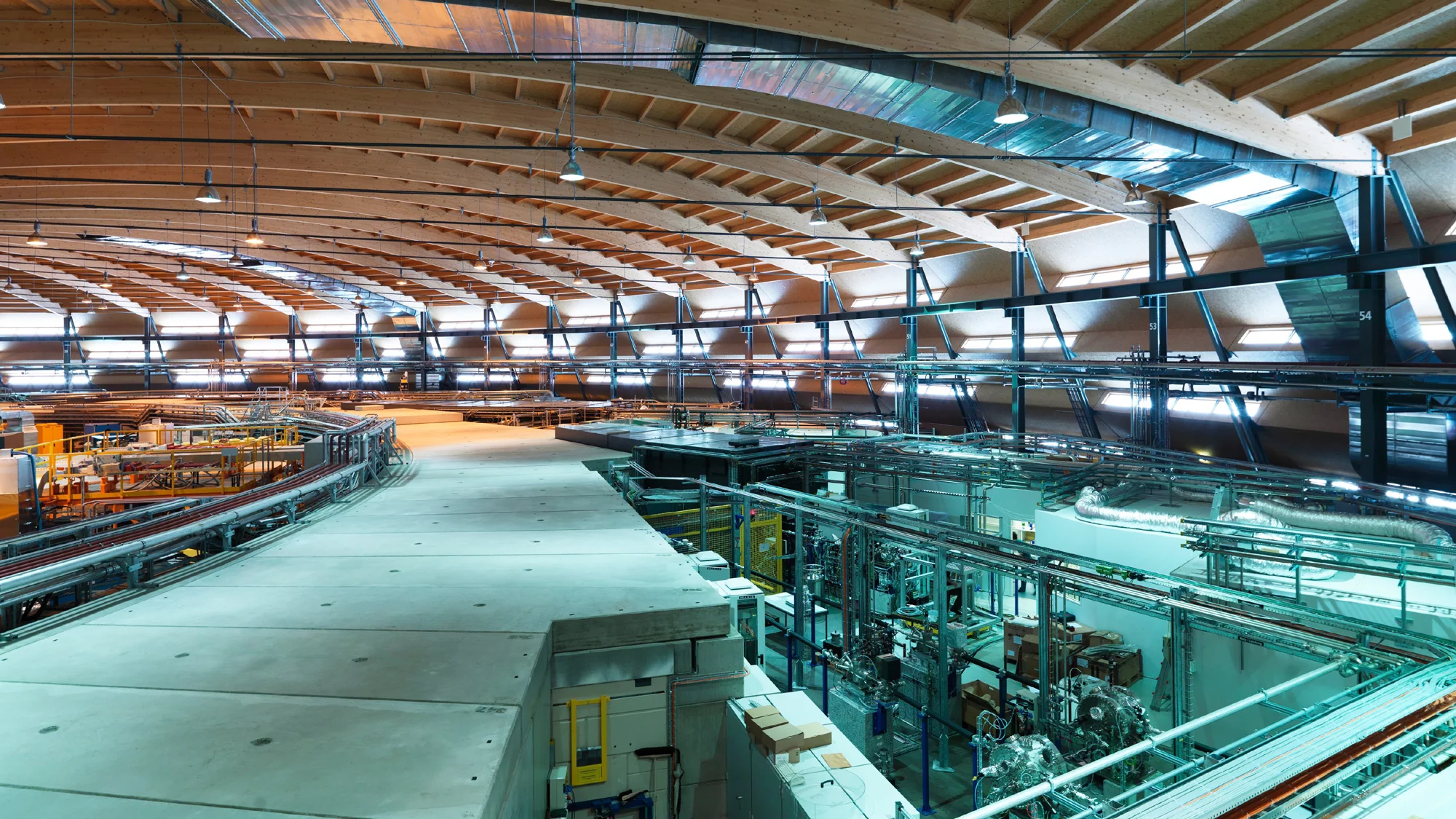Stefan Janssen is Head of the User Office at Paul Scherrer Institute PSI. In an interview, he explains why the PSI’s large research facilities are popular with researchers coming from other institutions, how he handles the many applications and how he supports users who come here to conduct experiments.
Mr Janssen, every year more than 2,500 researchers flock to the Paul Scherrer Institute PSI to conduct experiments on its large research facilities. Why do they go to such great lengths when they must have their own labs for their experiments?
Of course they do. For many experiments, however, university labs are stretched to their limits. They require special equipment which is so expensive to run that individual universities simply can’t afford it. This is where the large research facilities, like those operated by PSI, come in.
So PSI runs facilities so that others can conduct experiments on them? What does PSI offer researchers who come here?
First of all, PSI conducts its own top-flight research. One of the institute’s main tasks, however, is to open up our large facilities to a broad scientific community. We offer around forty different experimentation stations and each of them has other, highly specialised options for complex experiments, which can last anything from a few hours to several days.
You run the User Office, which helps visiting scientists to organise their experiments. What is your role?
Here at the User Office, we see our job as a service for the scientists at PSI and the users, for example our guests from all over the world. Essentially, it boils down to relieving both groups of the organisational side of things so that they can focus on what’s really important: their experiment.
What does this usually involve?
We’re the main point of contact for users – by email, telephone and even in person. They need to find everything here that they require for their research projects. The PSI scientists who set up and supervise the experimentation stations for the users, on the other hand, should be able to concentrate on this task. We assume the majority of the organisational side of things for both parties – from applying for measuring time and preparing the access authorisation all the way to organising bus timetables or a hire bike. Although around half our users come from Switzerland, we also help foreign research groups to apply for work permits, for instance. And we run a guesthouse for external researchers, which has an occupancy rate of almost 90 per cent – a quota most hotels can only dream of.
Can anyone come here to conduct their experiments?
Not by a long chalk. We receive far more applications than we have the capacity for. On average, our facilities are double-booked. For some experimental stations, such as protein crystallography, which is also of interest to the pharmaceutical industry, we get as many as four times more requests for measuring time than we can actually accommodate. Consequently, there is a strict and tightly controlled selection process.

Stefan Janssen (50) is a physicist and completed a doctorate at RWTH Aachen University and the Institute for Solid State Research at the Forschungszentrum Jülich in 1994. He has been at PSI since 1995, where he set up and supervised the instrument FOCUS at the Swiss Spallation Neutron Source (SINQ). He had been running the User Office since 2004 and the PSI guesthouse since 2010. He is married and has three sons. His free time is devoted to his family, his Labrador and his passion, football.
How does this selection process work?
Several times a year, researchers can submit an application for measuring time electronically to the User Office. We examine the applications and pass them on to two or three external reviewers, who assess the scientific quality of every application independently. The reviewers then convene at PSI and give every application a final mark, which enables them to draw up a ranking list.
And who is actually allowed to come in the end?
The measuring time is allocated strictly according to this ranking. Anyone who ends up too far down the list will go away empty-handed this time, but is welcome to try again at a later date, of course. If an application has obviously been poorly drafted, however, we provide feedback on how it might be improved next time round. Anyway, all the applicants we turn down receive a comment explaining why their application was unsuccessful. And every facility has a small time buffer for urgent cases, such as if a new, highly interesting material needs a rapid publication or a doctoral student is unable to complete his or her project without a particular measurement.
Hundreds of applications are submitted by every deadline. How can you cope with such quantities?
I thank my lucky stars for our Digital User Office (or DUO for short), a software programme that my colleague Markus Knecht developed especially with our needs at PSI in mind. It makes our work so much easier. DUO is so good that it’s already being used at other research facilities all over the world. This is also because we enjoy an excellent relationship with the user offices at other major research facilities in Europe and we help each other out.
What is this Digital User Office capable of?
DUO helps smooth the application process very efficiently. I shudder to think of the times when hundreds of emails came in with Word files just before a deadline. With DUO, the interested researchers upload their measurement applications themselves. We can then allocate the reviewers electronically straightaway. They enter their evaluations and we notify the users via DUO. And the best thing: we can also record the scientific publications based on data obtained at PSI in DUO, which is extremely important for our scientists and the institute as a testament to the quality of our work.
There is a lot of competition among the large research facilities. How do you explain the fact that PSI’s facilities are so coveted?
On the one hand, of course, people look at the technical prerequisites, for example the quality of the instruments on offer, the sample environment and the stability of the accelerators. But the scientific supervision of the users by PSI staff on site is just as important. The better the scientific supervision and the more effectively someone runs his or her experimentation station to get the most out of it, the better the results will be. We want to ensure that there is a truly scientific collaboration between the users and the PSI researchers in as many cases as possible, as opposed to purely supervising the experiment.

